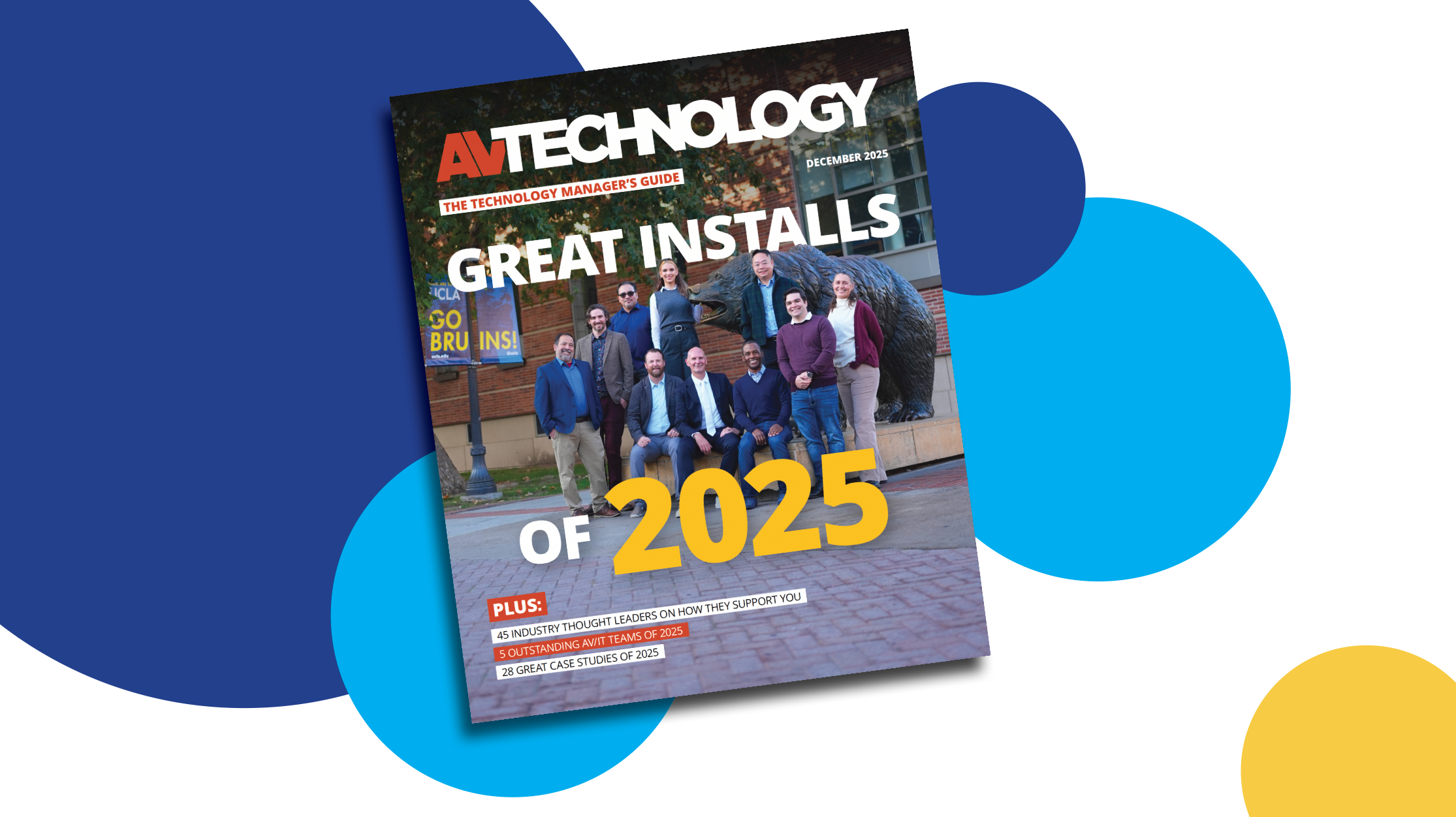On Higher Ed Tech: Sennheiser
Madhav Jain, Insights Manager, Education at Sennheiser shares insight into designing the higher ed classroom for today and the future. Part of AV Technology's Thought Leader Series.

AVT Question: Please share insight and best practices for designing the higher ed classroom for today and the future.
Thought Leader: Madhav Jain, Insights Manager, Education at Sennheiser
Hybrid classrooms are here to stay. For AV and IT managers, this means much more than simply getting students online; they must ensure that the classroom fosters engagement and collaboration, and that it simultaneously enables flexibility for all students across the physical hardware setup and the software platforms that support it. It is highly recommended that AV and IT managers familiarize themselves with the Pedagogy-Space-Technology (PST) framework developed at The University of Queensland. This methodology is a useful guide for the creation of new and modern teaching spaces.
Flexibility will allow the dynamic in-person classroom environment to seamlessly extend to remote participants so that meaningful learning can be achieved for all." —Madhav Jain, Insights Manager, Education at Sennheiser
PST encourages looking at the pedagogy of the classroom (active learning, lecture hall, et cetera), and pragmatically seeking technology and a physical layout that will enhance and inspire the learning activities. The result would be a classroom where the teaching methodology is enabled by the physical space and empowered by technology.
A key part of the PST strategy is flexibility, and for AV and IT, that translates to having interoperability across all the layers of the tech stack so that educators and students have full functionality for content sharing, audio and video streaming, student participation, proctoring, and more. For instance, this can be achieved by deploying ceiling microphones that have integrated features like camera tracking and are certified for various collaboration platforms like Microsoft Teams and Zoom. This flexibility will allow the dynamic in-person classroom environment to seamlessly extend to remote participants so that meaningful learning can be achieved for all.
A daily selection of features, industry news, and analysis for tech managers. Sign up below.

Cindy Davis is the brand and content director of AV Technology (AVT). She was a critical member of the AVT editorial team when the title won the “Best Media Brand” laurel in the 2018 SIIA Jesse H. Neal Awards. Davis moderates several monthly AV/IT roundtables and enjoys facilitating and engaging in deeper conversations about the complex topics shaping the ever-evolving AV/IT industry. She explores the ethos of collaboration, hybrid workplaces, experiential spaces, and artificial intelligence to share with readers. Previously, she developed the TechDecisions brand of content sites for EH Publishing, named one of the “10 Great Business Media Websites” by B2B Media Business magazine. For more than 25 years, Davis has developed and delivered multiplatform content for AV/IT B2B and consumer electronics B2C publications, associations, and companies. A lifelong New Englander, Davis makes time for coastal hikes with her husband, Gary, and their Vizsla rescue, Dixie, sailing on one of Gloucester’s great schooners and sampling local IPAs. Connect with her on LinkedIn.
